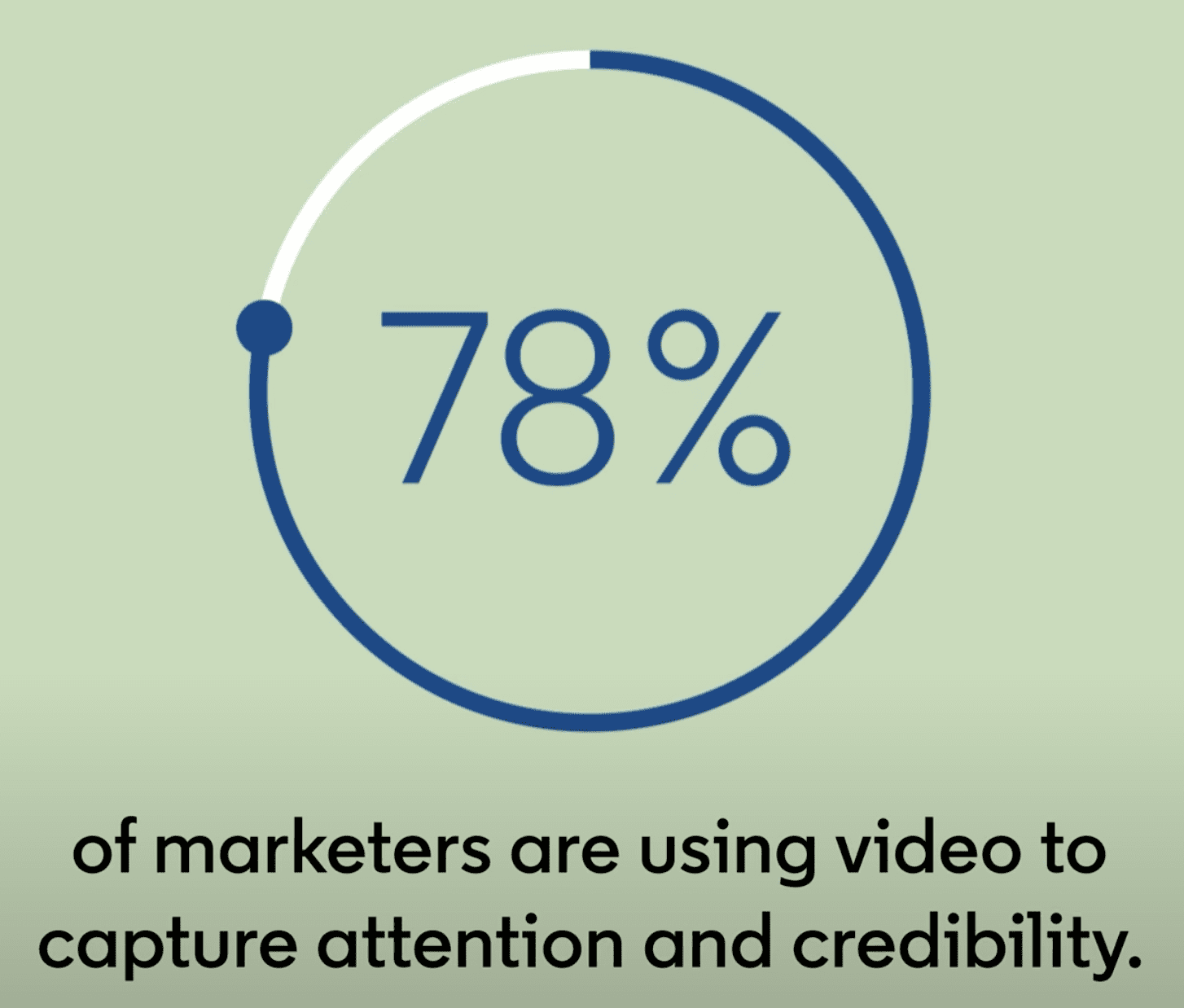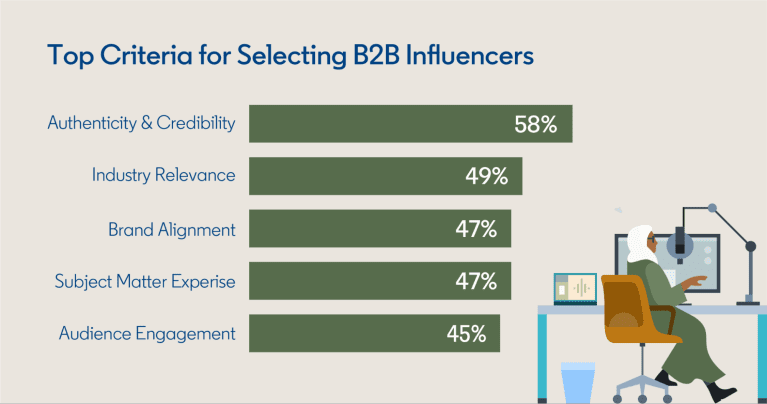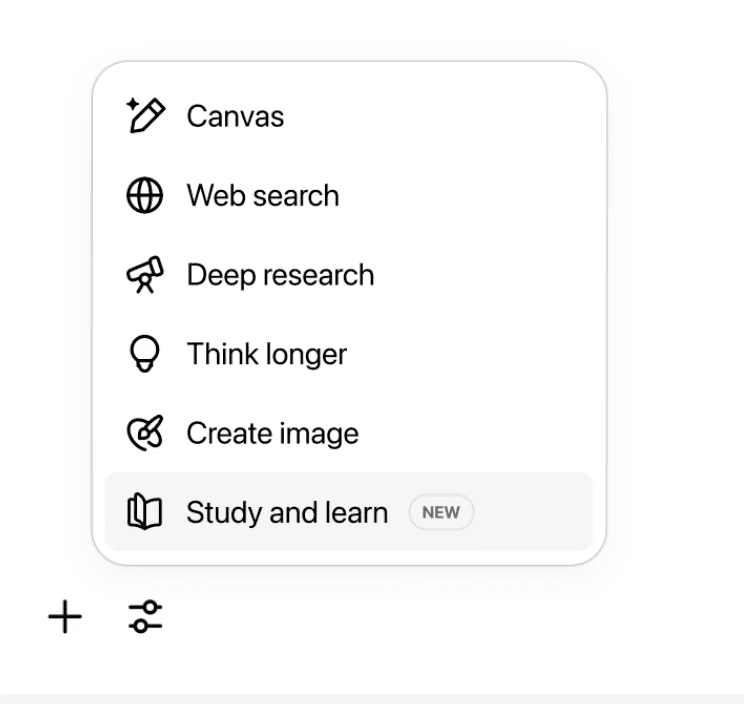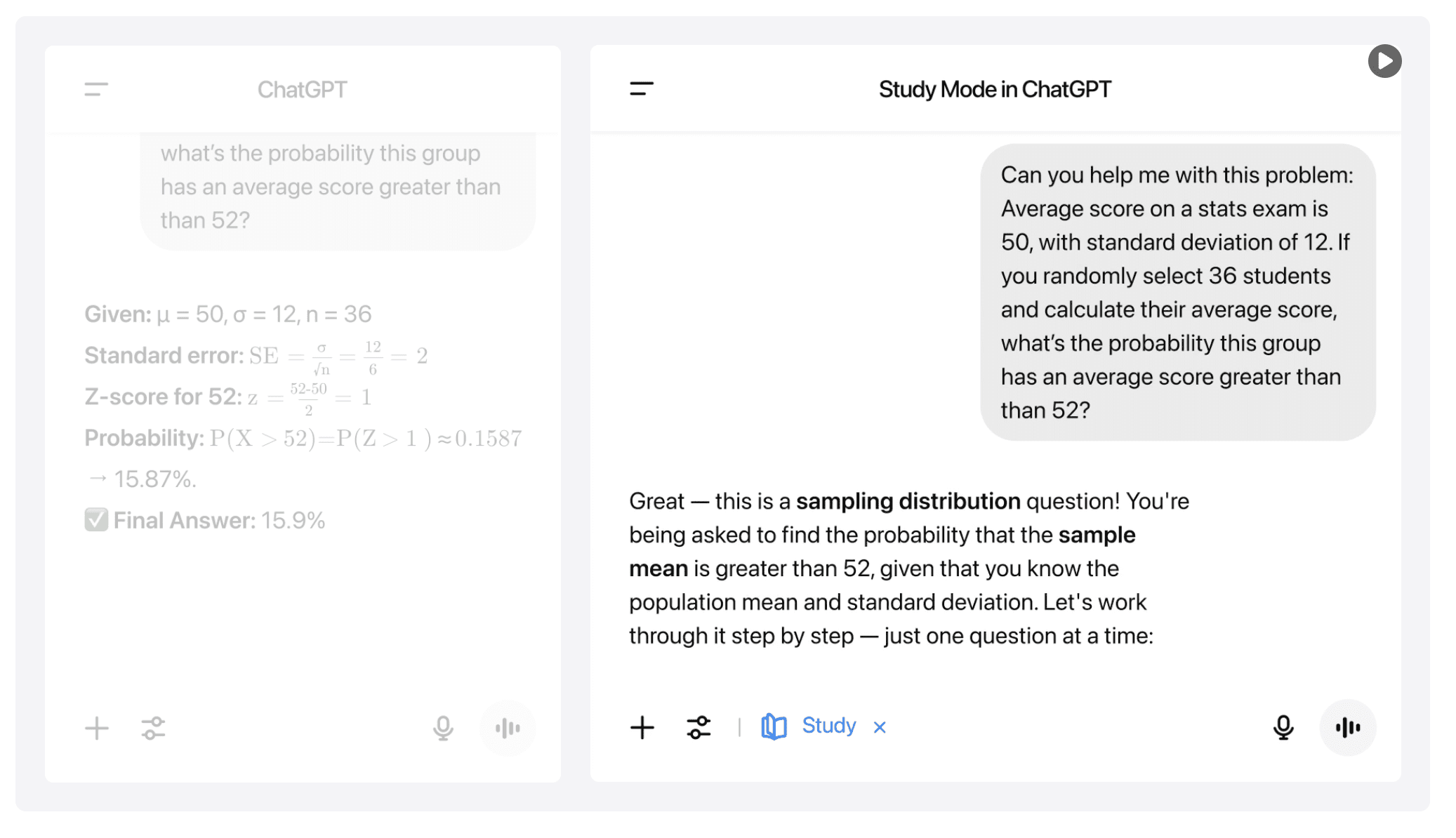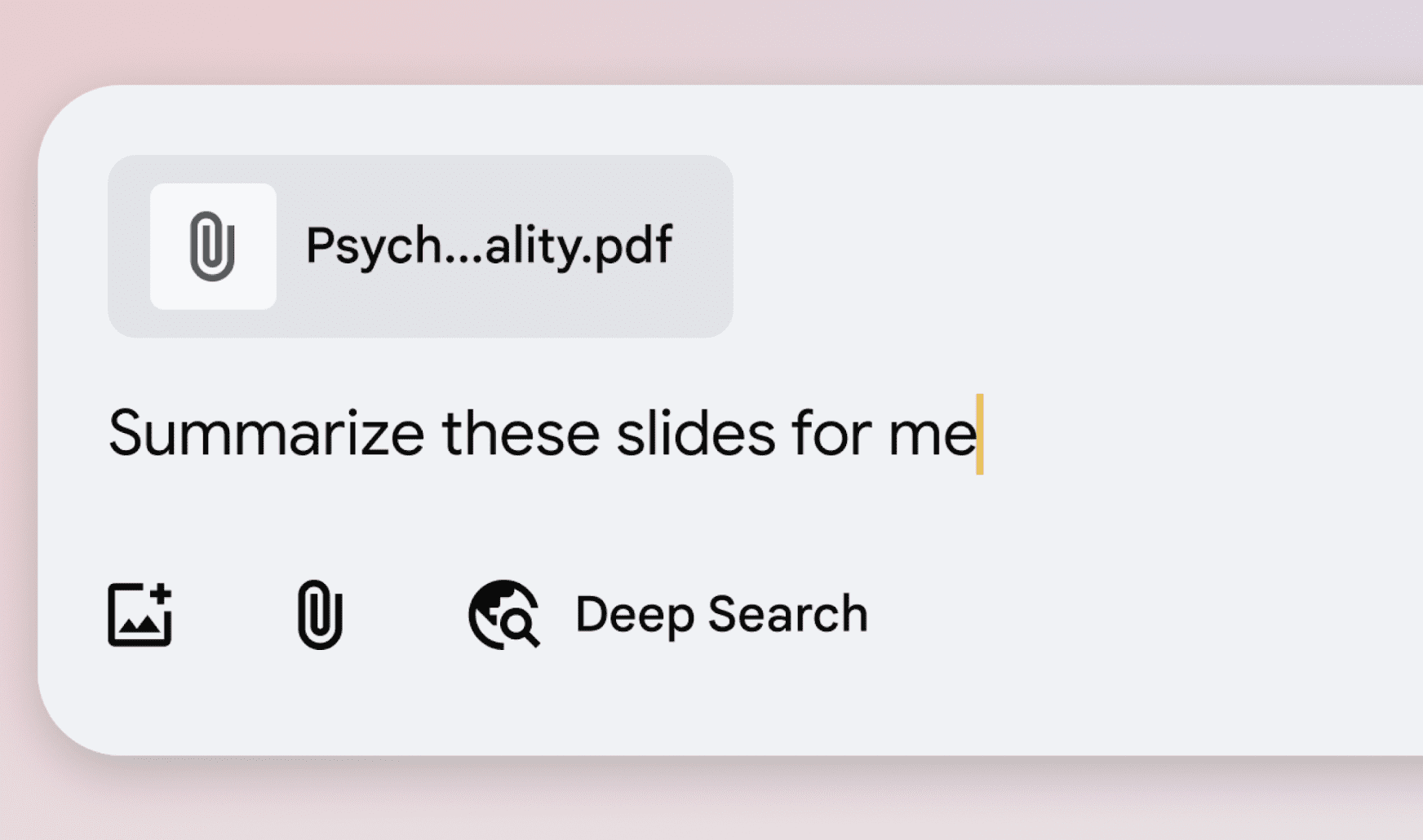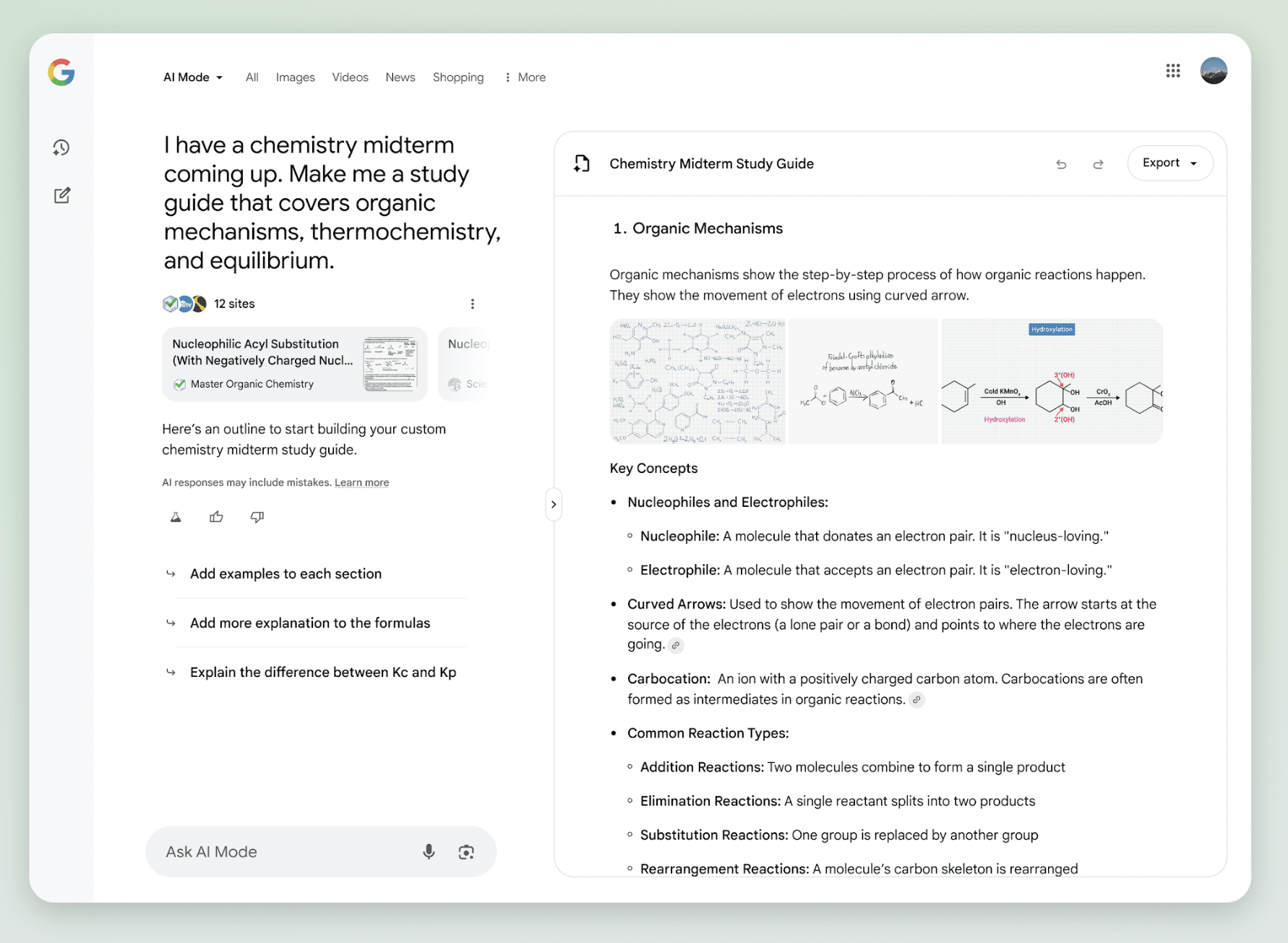Bing Recommends lastmod Tags For AI Search Indexing via @sejournal, @MattGSouthern
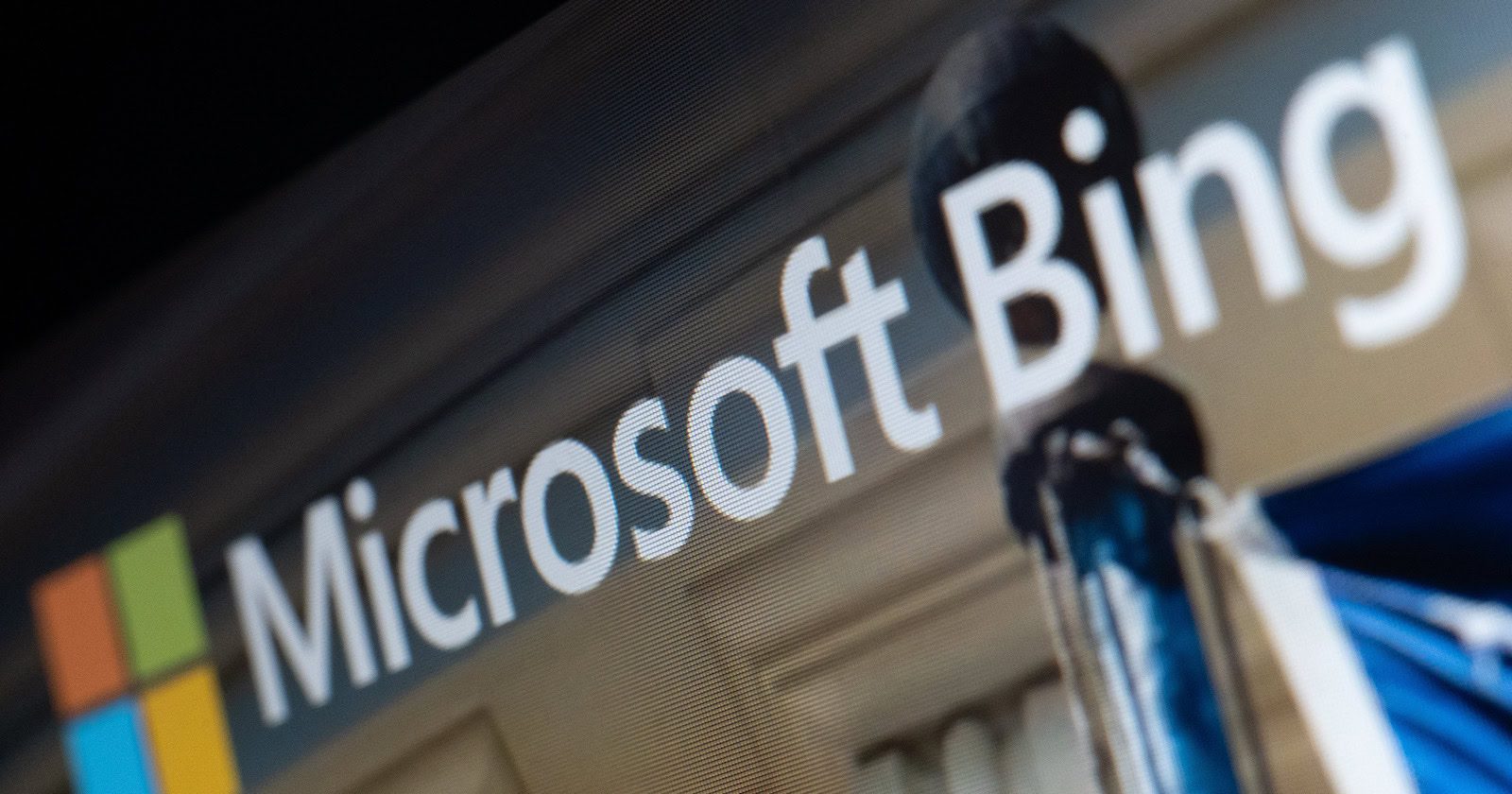
Bing has updated its sitemap guidance with a renewed focus on the lastmod tag, highlighting its role in AI-powered search to determine which pages need to be recrawled.
While real-time tools like IndexNow offer faster updates, Bing says accurate lastmod values help keep content discoverable, especially on frequently updated or large-scale sites.
Bing Prioritizes lastmod For Recrawling
Bing says the lastmod field in your sitemap is a top signal for AI-driven indexing. It helps determine whether a page needs to be recrawled or can be skipped.
To make it work effectively, use ISO 8601 format with both date and time (e.g. 2004-10-01T18:23:17+00:00). That level of precision helps Bing prioritize crawl activity based on actual content changes.
Avoid setting lastmod to the time your sitemap was generated, unless the page was truly updated.
Bing also confirmed that changefreq and priority tags are ignored and no longer affect crawling or ranking.
Submission & Verification Tips
Bing recommends submitting your sitemap in one of two ways:
- Reference it in your robots.txt file
- Submit it via Bing Webmaster Tools
Once submitted, Bing fetches the sitemap immediately and rechecks it daily.
You can verify whether it’s working by checking the submission status, last read date, and any processing errors in Bing Webmaster Tools.
Combine With IndexNow For Better Coverage
To increase the chances of timely indexing, Bing suggests combining sitemaps with IndexNow.
While sitemaps give Bing a full picture of your site, IndexNow allows real-time URL-level updates—useful when content changes frequently.
The Bing team states:
“By combining sitemaps for comprehensive site coverage with IndexNow for fast, URL-level submission, you provide the strongest foundation for keeping your content fresh, discoverable, and visible.”
Sitemaps at Massive Scale
If you manage a large website, Bing’s sitemap capacity limits are worth your attention:
- Up to 50,000 URLs per sitemap
- 50,000 sitemaps per index file
- 2.5 billion URLs per index
- Multiple index files support indexing up to 2.5 trillion URLs
That makes the standard sitemap protocol scalable enough even for enterprise-level ecommerce or publishing platforms.
Fabrice Canel and Krishna Madhavan of Microsoft AI, Bing, noted that using these limits to their full extent helps ensure content remains discoverable in AI search.
Why This Matters
As search becomes more AI-driven, accurate crawl signals matter more.
Bing’s reliance on sitemaps, especially the lastmod field, shows that basic technical SEO practices still matter, even as AI reshapes how content is surfaced.
For large sites, Bing’s support for trillions of URLs offers scalability. For everyone else, the message is simpler: keep your sitemaps clean, accurate, and updated in real-time. This gives your content the best shot at visibility in AI search.
Featured Image: PJ McDonnell/Shutterstock





